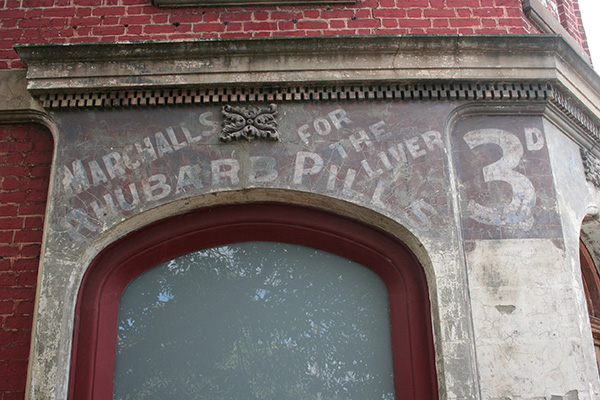Leaving Gasworks Arts Park, we headed south down Pickles Street into Port Melbourne. Like South Melbourne – the suburb formerly known as Emerald Hill – Port Melbourne once had a different name, and in the 19th century was known as Sandridge. There used to be a lagoon here too, though it has long been filled in. But there’s plenty of evidence of other transformations in this once working class, now gentrified neighbourhood. Continue reading




